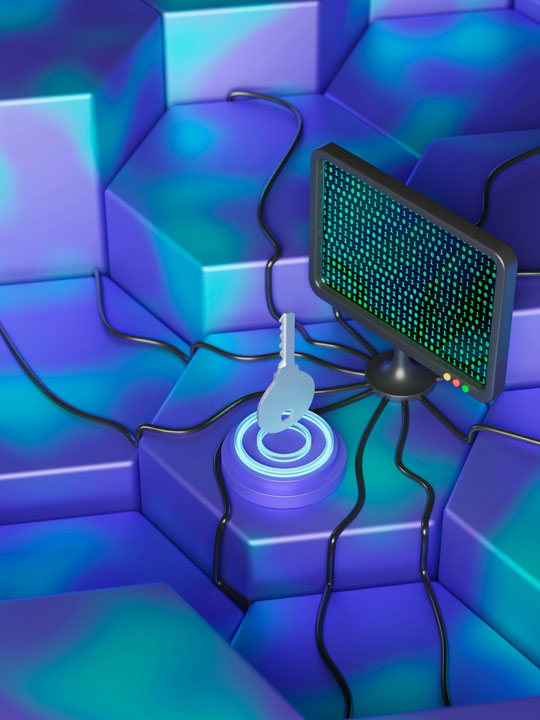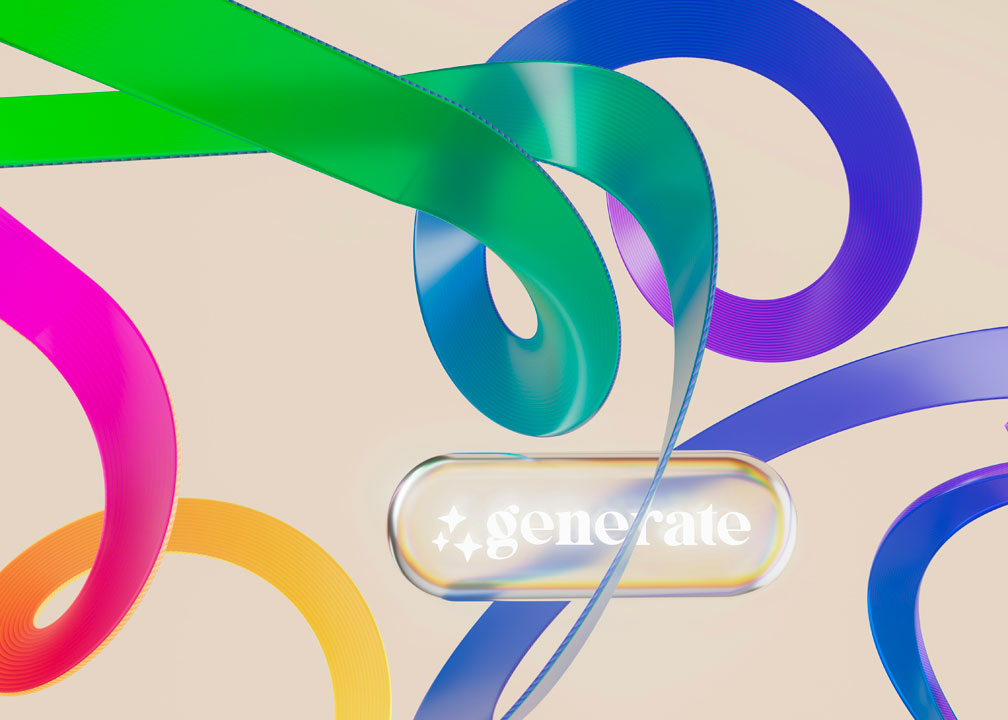The best design studio I ever worked with had a ritual. Every Friday at 4pm, they'd gather around a beat-up conference table and tear apart the week's work. Not maliciously—lovingly. Like surgeons discussing a particularly elegant procedure. The junior designer who'd been there three weeks had the same voice as the creative director who'd been there since day one.
That studio consistently outperformed agencies ten times their size. Not because they had better clients or bigger budgets, but because they understood something fundamental about agency leadership design: great teams aren't built on hierarchy, they're built on trust and shared obsession.
"The moment you stop learning from your junior designers is the moment your agency starts dying".
Chemistry Over Credentials
I've watched too many agencies hire impressive portfolios attached to difficult humans. One studio I consulted for had assembled what looked like an all-star team on paper—award winners from Pentagram, IDEO alumni, that designer who did the rebrand everyone was talking about. Within six months, half had quit and the work had turned generic.
The problem wasn't talent. It was chemistry. They'd optimized for individual brilliance instead of collective intelligence. Strong agency leadership design means understanding that a team of complementary B+ players who genuinely enjoy working together will outperform a room full of isolated A+ egos every single time.
Look for people who light up when discussing other people's work. Who ask questions before offering solutions. Who can articulate why something doesn't work without making it personal. These soft signals matter more than any portfolio piece.
Structure for Speed, Not Control
Traditional agency hierarchies move at the speed of email approval chains. The best modern teams structure themselves like jazz ensembles—everyone knows the melody, but there's room to improvise. This doesn't mean chaos. It means creating frameworks that enable quick decisions without bottlenecks.
One approach that works: pair senior strategists with junior designers on every project from day one. Not as oversight, but as collaboration. The strategist learns what's actually possible; the designer learns why certain decisions matter. Both get better, faster.
The best creative directors spend 80% of their time removing obstacles and 20% giving direction. Most do the exact opposite.
This kind of agency leadership design requires leaders who are secure enough to let go. Who understand their job isn't to have all the answers but to create conditions where answers emerge. Studios exploring modern approaches, like Metabrand, understand that identity work in the AI age requires this kind of fluid collaboration.
Invest in Shared Language
Watch a high-performing design team work and you'll notice something: they've developed their own dialect. Not jargon—shared understanding. They can communicate complex ideas in half-sentences because they've invested time in building common references.
This doesn't happen accidentally. It requires deliberate cultivation. Weekly design reviews where everyone presents, not just project leads. Reading groups where you dissect brand launches together. Shared Figma libraries that become living documents of your collective taste.
The return on this investment is exponential. When your team can move from concept to execution without lengthy explanation phases, you're not just faster—you're more coherent. The work develops a signature because everyone's playing from the same sheet of music.
Protect the Culture, Scale the Systems
Growth kills most good agencies. Not because growth is inherently bad, but because they try to scale the wrong things. They standardize the creative process instead of the operational backbone. They hire for skills instead of values. They mistake size for success.
Smart agency leadership design means being ruthless about what you systematize and what you keep human. Automate project management, timesheets, invoicing—anything that doesn't require creative judgment. But keep the messy, human parts messy and human. The Friday critiques. The random Tuesday when someone shares something inspiring. The arguments about whether that blue is right.
Culture isn't ping-pong tables and free kombucha. It's the accumulation of small decisions about how you work together. It's choosing to spend an extra hour getting the kerning right because everyone in the room cares. It's knowing when to push back on a client and when to pick your battles.
The agencies that survive the next decade won't be the biggest or even the most talented. They'll be the ones who figure out how to maintain creative chemistry at scale. Who understand that in an era where AI can generate endless variations, the competitive advantage isn't in output—it's in judgment, taste, and the ineffable magic that happens when the right people are in the room together, arguing about pixels and possibility.










